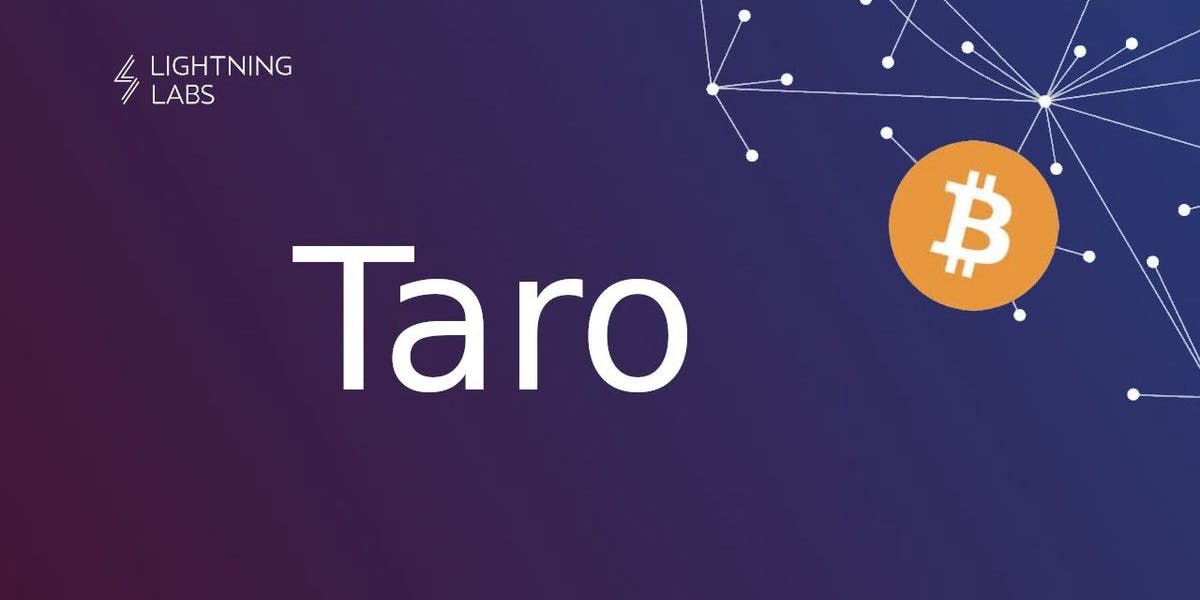
ERC-6551: NFT as a Wallet, Bringing a New Paradigm to SocialFi
In the current crypto world, more and more people are using NFTs as a form of on-chain identity. However, the current ERC-721 tokens (NFTs) do not have proxy functionality or do not own other on-chain assets, which is not in sync with the use cases of non-fungible assets in the real world. Therefore, the ERC-6551 proposal has emerged. It solves this problem by granting full Ethereum account functionality to each NFT, while maintaining compatibility with existing ERC-721 contracts.
What is ERC-6551?
The ERC-6551 proposal is a new token standard that greatly enhances the functionality of ERC-721 (i.e., NFTs). It was released on the Ethereum mainnet on May 7, 2023. Through ERC-6551, one or more smart contract wallets can be created for an NFT, making it more composable, dynamic, and interactive. In simple terms, ERC-6551 turns the NFT itself into a wallet with an address.
These wallets are called "Token Bound Accounts" (TBA) (TBA control is delegated to NFT holders, meaning NFT holders can use TBA to initiate on-chain operations). Using TBA, you can store any crypto assets in the NFT you own. For example, previously, you needed to store BAYC in Metamask; with ERC-6551, you create a TBA for purchasing BAYC. Not only can you store ETH in BAYC's TBA, but also other NFTs. Additionally, as a "wallet," TBA can also be used to interact with dApps. It is worth noting that a single NFT can also have multiple token-bound accounts through ERC-6551. In this sense, an NFT can now contain multiple wallets, and so on.
The system introduced by ERC-6551 mainly consists of two parts: a permissionless registry for deploying token-bound accounts and a standard interface for interacting with these accounts. The diagram below illustrates the relationship between ERC-721 tokens, ERC-721 token owners, token-bound accounts (TBA), and the registry:

Changes Brought by ERC-6551
Through the ERC-6551 standard, users can do anything with NFTs that they can do with a regular Ethereum wallet. Users can bundle your related assets (NFTs, tokens, identity features, etc.) into an NFT, making it easier to manage and transfer your assets across different platforms. If an NFT is sold/transferred, all the assets within it will also be transferred. TBA addresses the issue that NFTs currently cannot provide detailed information such as origin/source/history of transactions, which buyers usually cannot directly obtain, except for some basic information displayed in NFT markets. NFT markets and lending protocols can use TBA to determine user credibility, simplify some processes, and more.
TBA also brings a new paradigm of decentralized identity. Before TBA, Vitalik had proposed SBT (Soul-Bound Tokens), which confirmed identity by using wallet assets, while TBA does not require identity verification. It does not bind NFTs to wallets, but rather wallets to NFTs. This property transforms NFTs from static assets into a liquid asset management system. This means that one of your NFTs may become your on-chain identity, and it can prove your credibility through successful transaction records via TBA. TBA-enabled NFTs can directly interact with dApps. In GameFi and SocialFi, users can identify asset identities at a glance through NFTs, greatly reducing the cost of confirmation, and can be widely used in airdrops, loyalty programs, and in-game rewards.
A New Boost for Breaking the Boundaries of SocialFi

The continuous development of NFTs has truly brought SocialFi to the surface. The social aspect of the Web3 world is inevitable, and many teams have been exploring how to integrate Web3 social into decentralized economic systems. The innovation of ERC-6551 will directly provide better support for the SocialFi track.
Let's take a look at the characteristics of SocialFi. The core narrative of SocialFi is Web3 social, and Web3 social has three decisive characteristics compared to Web2:
First, it is platform-agnostic. Without a platform, there is no third party that owns the content created by users. Instead, creators are also owners. Broadly speaking, Web3 social networks also have censorship resistance, meaning social relationships cannot be deleted or restricted by platforms.
Second, Web3 social data is portable. However, Web3 has an advantage: it uses wallets, which allows for direct relationships between users and creators, so creators do not have to constantly rebuild their fan base; even if a personal social protocol is closed, the wallet still exists. The ultimate result is that both fans and creators are not bound to a single platform. Compared to building an audience on Web2 each time, and then losing contact with these audiences due to platform reasons, Web3 social does not have such troubles.
Third, Web3 social has strong composability. SocialFi protocols gain value and utility by building applications on decentralized social primitives. The early atmosphere of Web2 and today's Web3 are very similar: platforms are not the main entities, creators and other users are. However, over time, Web2 platforms often evolve from collaborating with builders to competing with them. Web3 networks are more conducive to composability because they have always been optimized for cooperation, while having tokens as decentralized incentives.
TBA's rapid and low-cost verification mechanism will greatly solve the trust mechanism and transaction costs of Web3, making it easier for SocialFi to convert Web2 users into the Web3 world. In this way, TBA can enable project creators to achieve new use cases that they have always wanted to add but have not found a simple way to do so:
-
Equipping digital clothing and items (RTFKT — CloneX, Doodles)
-
ERC-20 token earning/airdrop models (BAYC, Cool Cats, SupDucks)
-
POAP or badges obtained through participation (Azuki, FWB, Moonbirds)
-
Trading entire collections as a unit (OpenSea batch transfer)
-
NFTs as on-chain identities, with the ability to layer in social network models (CryptoPunks, Nouns)
-
These use cases can all become a new boost for breaking the boundaries of SocialFi.
Follow Us
veDAO is a decentralized investment and financing platform led by a DAO, dedicated to discovering the most valuable information in the industry, and enthusiastic about exploring the underlying logic and cutting-edge tracks of the digital encryption field, allowing every role within the organization to fulfill their responsibilities and receive rewards.
Website: http://www.vedao.com/
Twitter: https://twitter.com/vedao_official
Facebook: bit.ly/3jmSJwN
Telegram: t.me/veDAO_zh
Discord: https://discord.gg/NEmEyrWfjV
🔴Investment carries risks, and the project is for reference only. Please bear the risks on your own🔴



